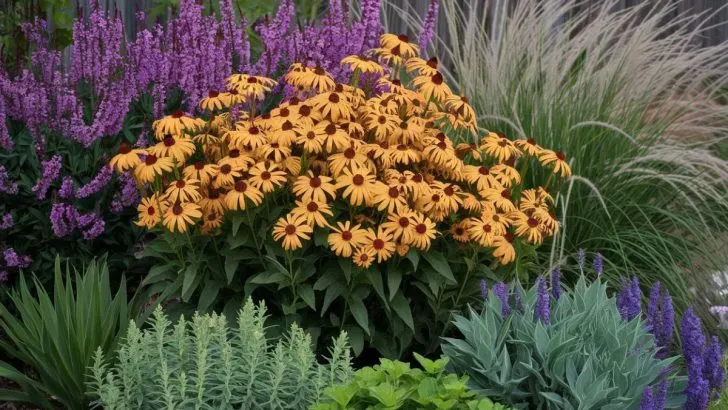Black-Eyed Susans are a gardener’s delight, offering a vibrant splash of yellow across any garden setting. These perennial plants, known scientifically as Rudbeckia hirta, are not just visually appealing but also resilient, making them a popular choice among garden enthusiasts.
However, the real magic happens when you pair these sunny blooms with complementary plants, creating a tapestry of colors and textures that can transform your garden into a picturesque landscape.
Understanding the best companions for Black-Eyed Susans involves both artistic flair and a bit of botanical knowledge.
By choosing the right plants, you can enhance the aesthetic appeal of your garden while also promoting a healthy ecosystem. Let’s explore five excellent companions that can elevate your gardening game.
1. Purple Coneflower: A Harmonious Contrast
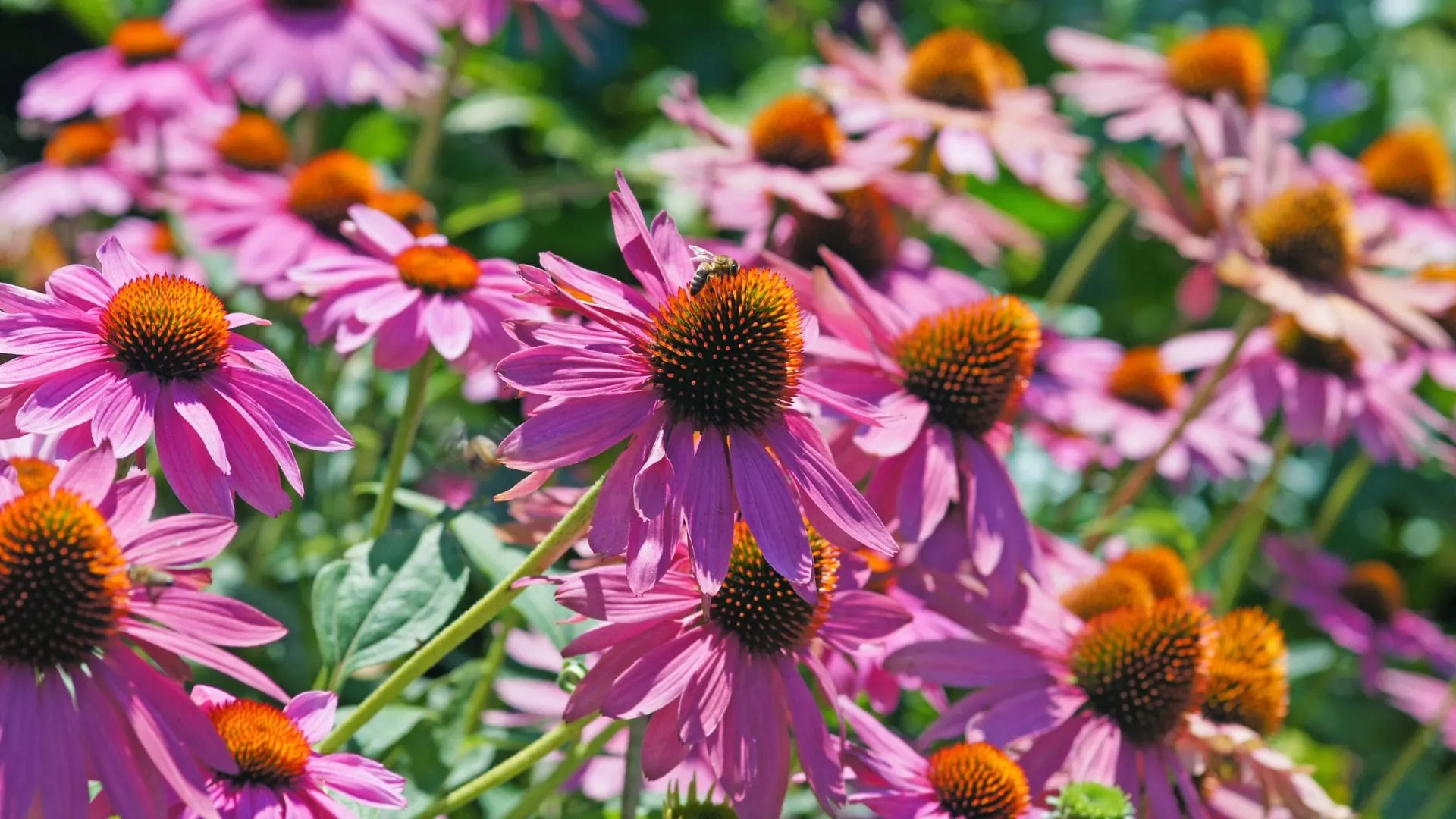
Purple Coneflowers, or Echinacea purpurea, bring a rich, purplish hue that perfectly complements the golden tones of Black-Eyed Susans.
This combination not only creates a visually stunning contrast but also thrives under similar conditions. Both plants are sun-loving and drought-tolerant, ensuring that your garden remains vibrant even during dry spells.
Moreover, these flowers are pollinator-friendly, attracting bees and butterflies to your garden. This ecological benefit further enhances the health and beauty of your outdoor space. So, if you’re keen on adding both color and life, the Purple Coneflower should be high on your list.
2. Russian Sage: The Lavender Touch
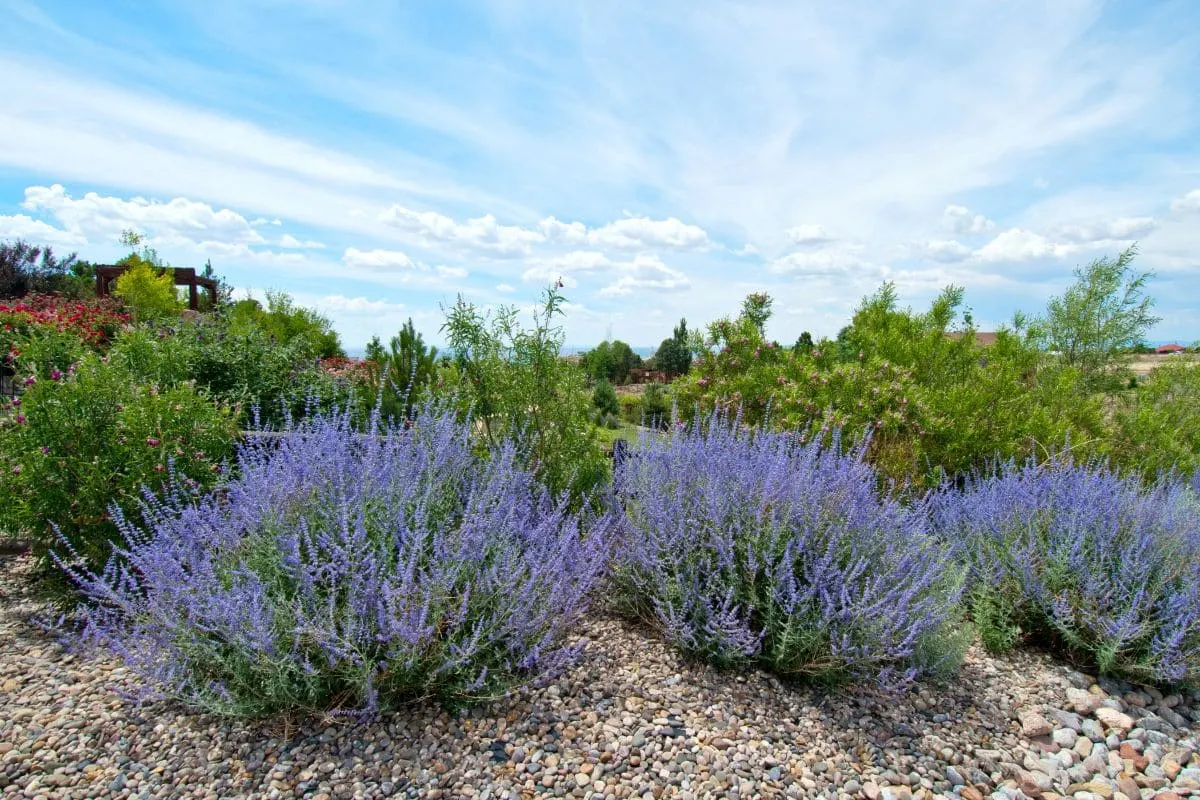
Russian Sage, known botanically as Perovskia atriplicifolia, introduces a soft lavender color that adds an elegant touch to the bold tones of Black-Eyed Susans.
The airy structure of Russian Sage provides a delicate backdrop that allows the more robust Susans to stand out. Planting them together creates a visually pleasing balance of texture and color.
This perennial is not just an aesthetic addition; it’s also low-maintenance and deer-resistant, making it a practical choice for many gardeners. With blooms that last from mid-summer to fall, Russian Sage ensures that your garden remains picturesque for months on end.
3. Sedum: A Groundcover Advantage
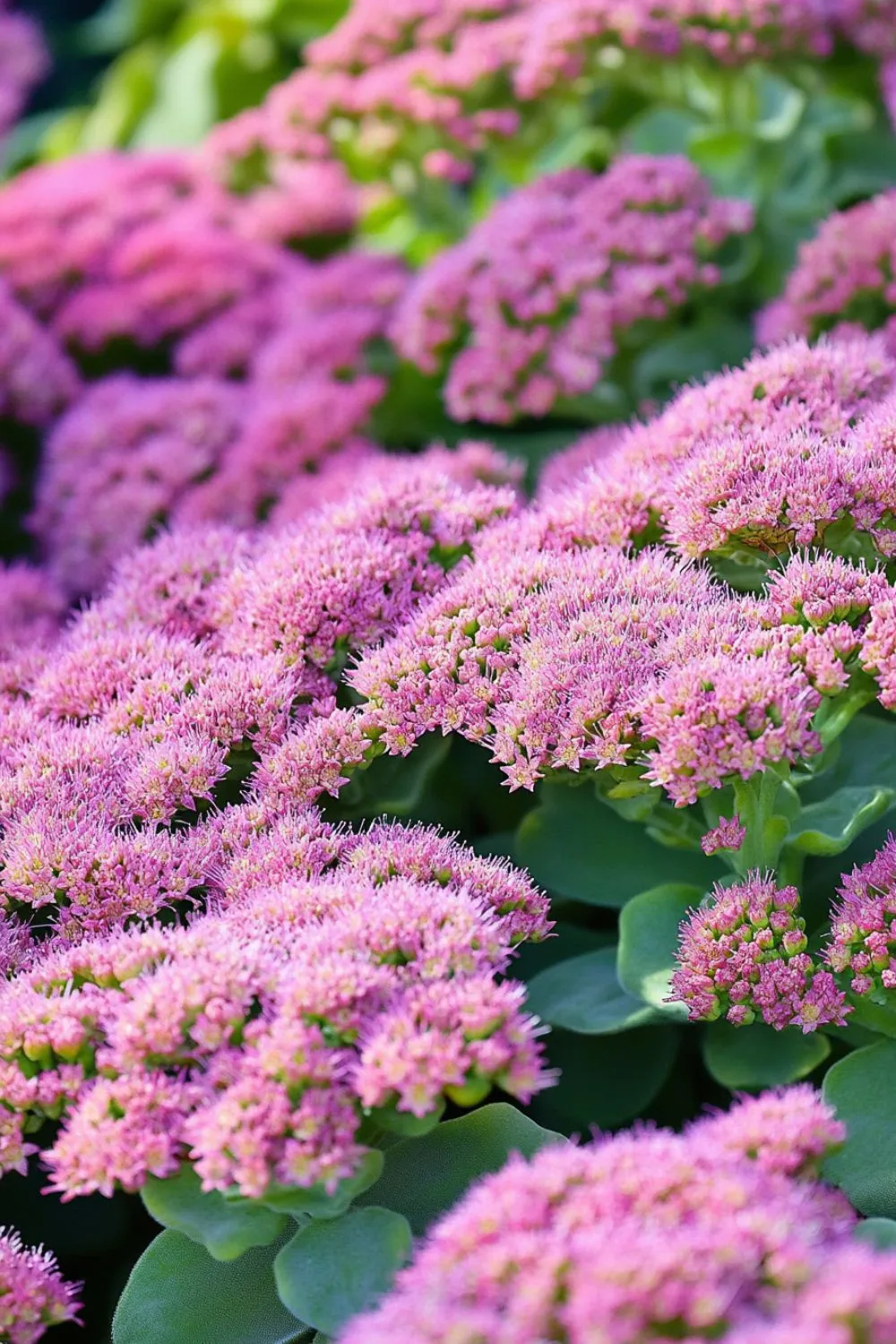
For those looking to fill in gaps and add depth to their gardens, Sedum is an ideal option. Known for their succulent leaves and star-shaped flowers, sedums come in various colors, providing a vibrant groundcover that complements the taller blooms of Black-Eyed Susans.
Sedums are particularly valued for their drought tolerance and ability to thrive in poor soil conditions. They not only add texture and color variation but also help suppress weeds, reducing garden maintenance. This makes them a smart and stylish choice for gardeners looking to maximize beauty with minimal effort.
4. Ornamental Grasses: Texture and Movement
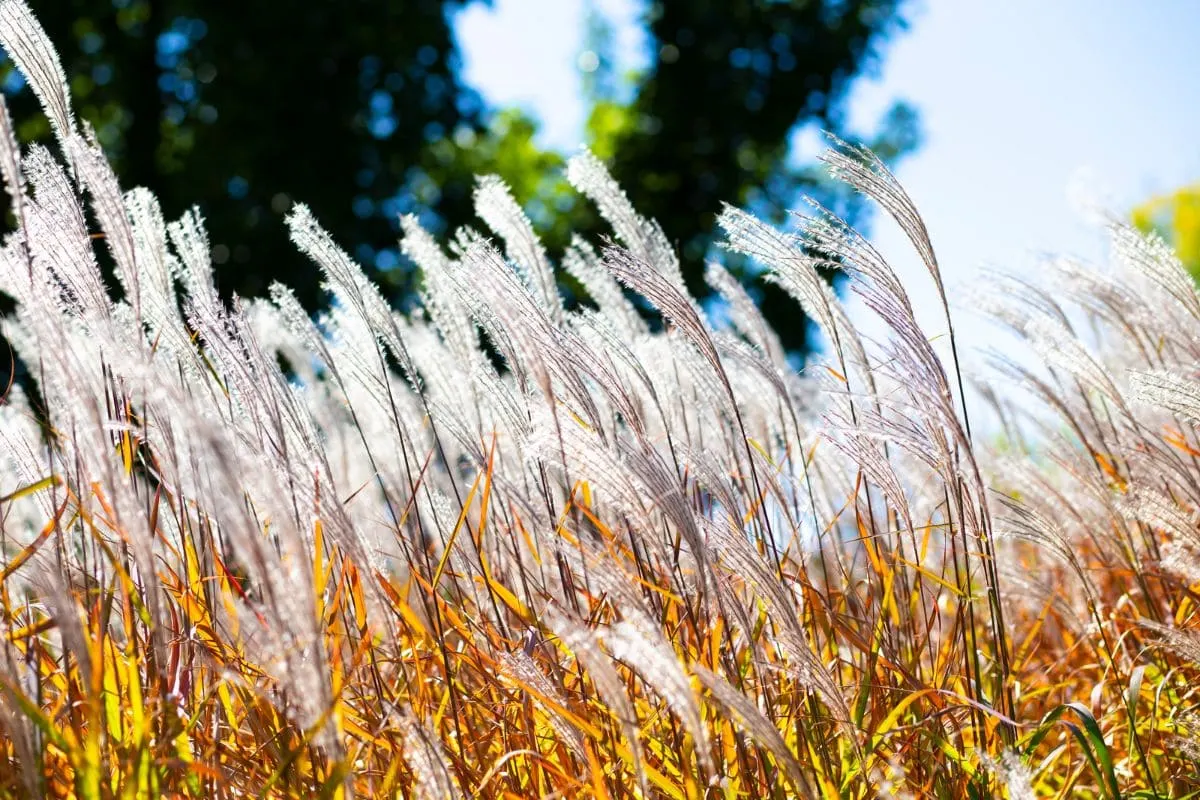
Incorporating ornamental grasses such as Panicum or Miscanthus into your garden can add dynamic movement and texture alongside Black-Eyed Susans. These grasses sway gracefully in the breeze, providing a soft contrast to the more structured blooms of the Susans.
The subtle hues of ornamental grasses can range from green to reddish-bronze, complementing the bright yellows of Black-Eyed Susans. Their ability to thrive in full sun and well-drained soil makes them a harmonious companion for your garden’s golden stars.
5. Asters: The Autumn Star
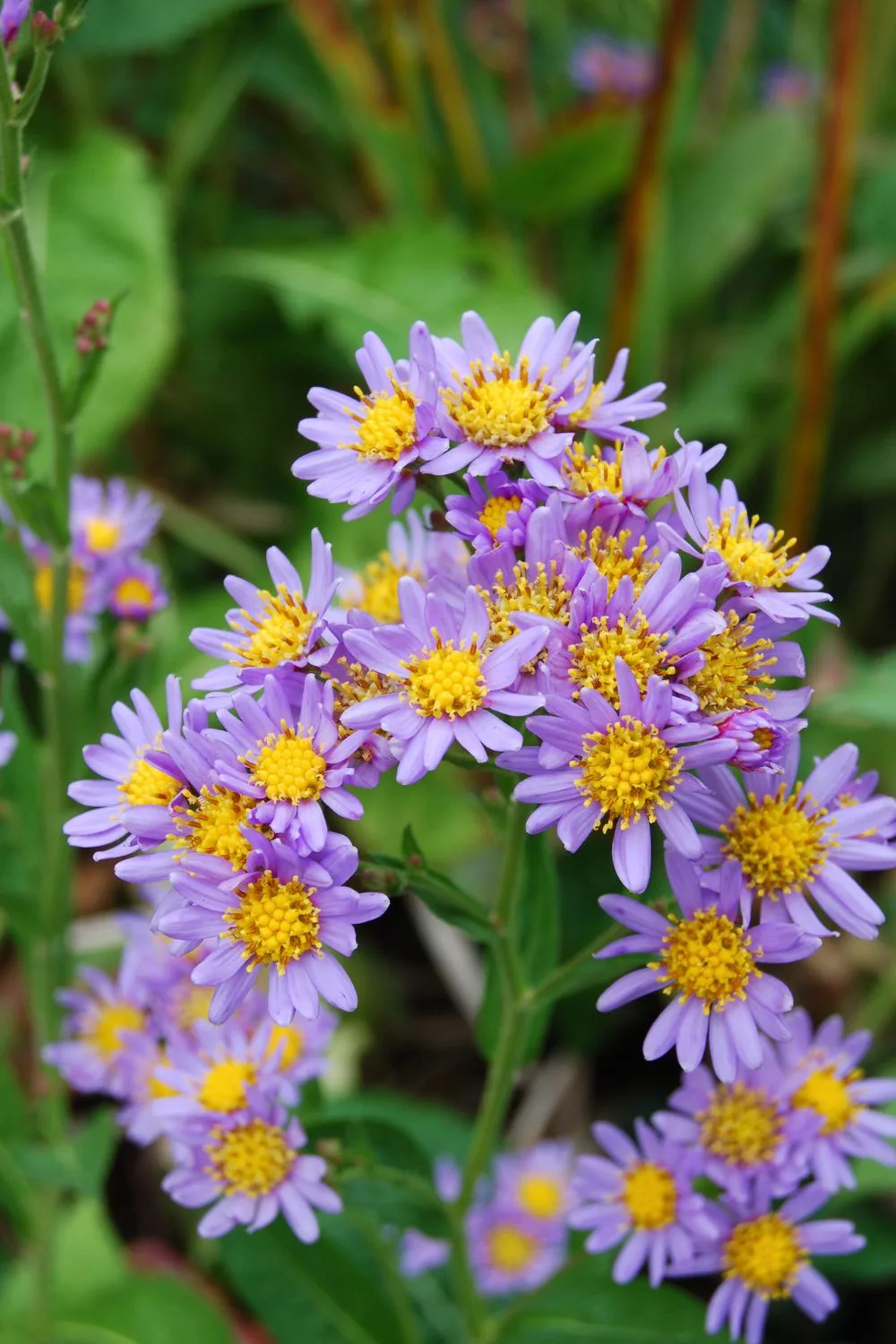
No garden is complete without a touch of autumn color, and Asters deliver just that. With their late bloom cycle, they provide a seamless transition from summer into fall, ensuring your garden remains lively and colorful.
The purples and pinks of Asters can echo the tones of coneflowers while adding their unique charm. Their nectar-rich blooms also continue to attract pollinators, offering ecological benefits that enhance the overall biodiversity of your garden space.
Cultivating a Diverse and Stunning Garden
Pairing Black-Eyed Susans with the right companions turns an ordinary garden into a masterpiece. Each plant brings its own splash of color, texture, and ecological value, creating a dynamic and sustainable environment.
By carefully selecting these five companions, you make a commitment to both beauty and nature.
Ready to enrich your gardening experience? Consider incorporating these companion plants into your landscape design.
Not only will you enjoy a visually stunning display, but you’ll also support local wildlife and promote a thriving garden ecosystem. Happy planting!

